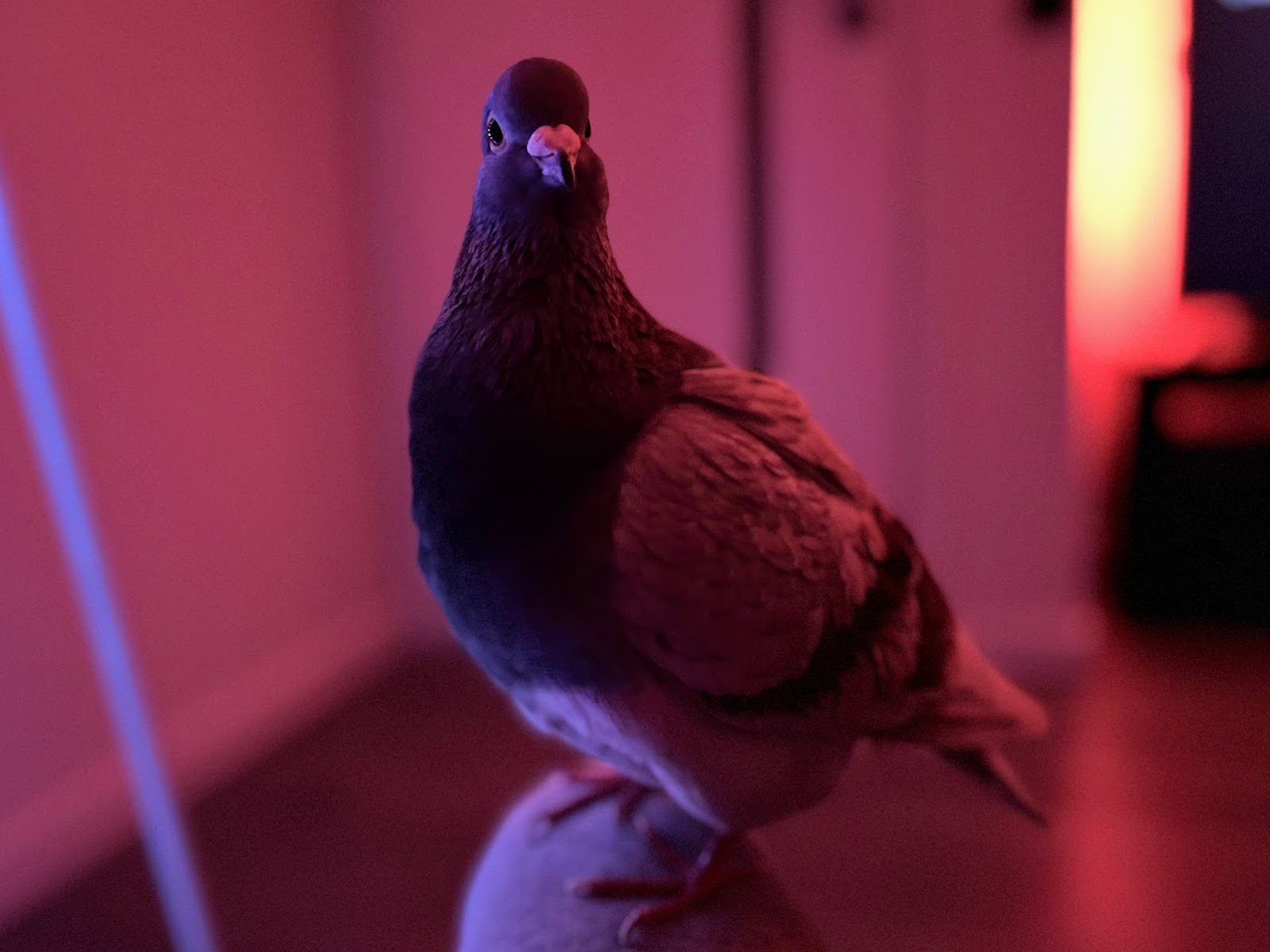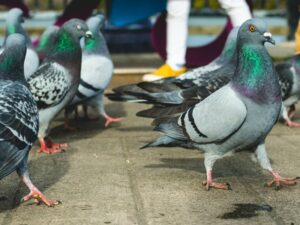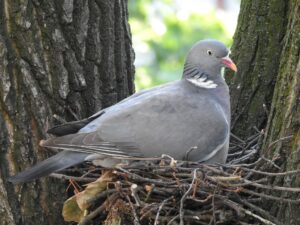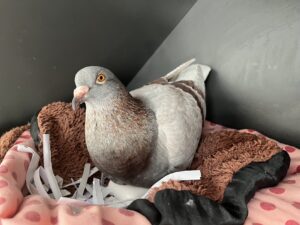As a rescued pet pigeon owner, I’ve always been fascinated by the seemingly magical ability of pigeons to navigate and find their way home. It’s hard not to be amazed when you watch your pet pigeon take off and come back home after a few hours, despite being in an unfamiliar area.
The purpose of this article is to dive deeper into the science behind pigeon navigation and to examine the mechanisms and methods that pigeons use to navigate and find their way home.
As a pet pigeon owner, I want to better understand and appreciate the abilities of my feathered friend, and I hope to share this knowledge with other pet pigeon owners who are just as fascinated by this incredible ability as I am.
JUMP TO:
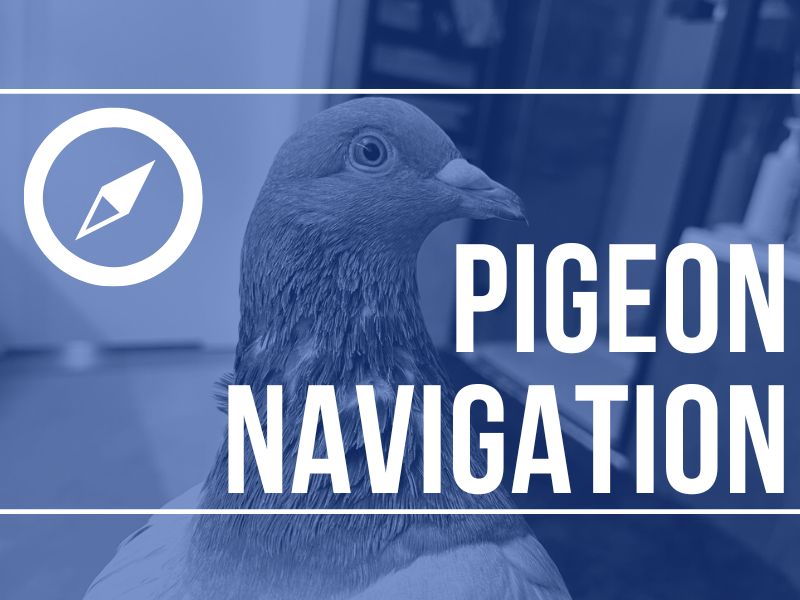
How do pigeons know where to go? The 10-second summary
Pigeons navigate using a combination of cues such as the sun, earth’s magnetic field, and olfactory cues. They also have specialized cells in their eyes and a specialized organ in their beak that help them sense these cues. They have strong homing instincts and use a combination of cues to navigate to their home.
Check similar articles:
- Do Pigeons Make Milk?
- Do Pigeons Explode When They Eat Rice?
- How To Pet A Pigeon
- How To Tell If A Pigeon Is Male Or Female?
How do pigeons know where to go? The details
Overview of the biological and physiological mechanisms involved in pigeon navigation
Pigeons have evolved complex navigation systems that allow them to find their way home over long distances. These systems involve the use of a variety of cues such as the sun, earth’s magnetic field, and olfactory cues. The brain of a pigeon also has specialized regions that are dedicated to processing spatial information and navigation.
The role of the sun, earth’s magnetic field, and olfactory cues in pigeon navigation
Pigeons have specialized cells in their eyes called photoreceptors that allow them to sense the direction of the sun, even on cloudy days. They also have a specialized organ in their beak called the magnetite that allows them to sense the earth’s magnetic field, which helps them orient themselves. Pigeons also have a highly developed sense of smell, which allows them to use olfactory cues to navigate, such as the smell of familiar landmarks.
Research and studies on pigeon navigation and homing abilities
Studies on pigeon navigation have been conducted for over a century. Researchers have used various methods to study pigeon navigation, such as tracking devices, controlled experiments and brain imaging. These studies have revealed a lot of information about the mechanisms and methods that pigeons use to navigate, and have also provided insights into the cognitive abilities of birds.
The impact of human factors on pigeon navigation
The effect of urbanization and human development on pigeon navigation
The rapid urbanization and human development have drastically altered the natural landscape, making it more difficult for pigeons to navigate. Artificial lights, tall buildings and other man-made structures can interfere with their ability to sense the sun and magnetic field, and can cause confusion and disorientation.
The impact of human-made structures such as skyscrapers and communication towers on pigeon navigation
Skyscrapers and communication towers can interfere with the earth’s magnetic field and can create confusion for pigeons trying to navigate. Additionally, these structures can also cause problems for pigeons by blocking their view of the sun and other visual cues that they use for navigation.
The role of human-assisted transportation in pigeon migration
Pigeons are sometimes transported by humans for racing or other purposes. This can disrupt their natural navigation abilities and make it difficult for them to find their way home. It is important for individuals who transport pigeons to consider the potential impact on their navigation and to take steps to minimize any negative effects.
The implications of pigeon navigation for human society
The use of pigeon navigation in fields such as search and rescue and delivery services
Pigeon navigation has been used in various fields such as search and rescue, and delivery services. For example, in search and rescue operations, pigeons have been trained to locate missing persons by using their homing abilities. In delivery services, pigeons have been used to carry messages and small packages.
The importance of understanding and respecting pigeon navigation in urban planning and conservation efforts
As human development continues to impact natural landscapes, it is important for urban planners and conservationists to consider the impact on pigeon navigation. Understanding the needs and abilities of pigeons can help inform decisions on the placement of buildings and other structures, and can also help in the conservation of pigeon populations.
The potential for studying pigeon navigation to further our understanding of animal behavior and cognition
Pigeon navigation is a complex phenomenon that is still not fully understood. Further research on pigeon navigation can provide insights into the cognitive abilities of birds and can inform our understanding of animal behavior more generally. Additionally, studying pigeon navigation can also have practical applications in fields such as search and rescue, conservation, and delivery services.
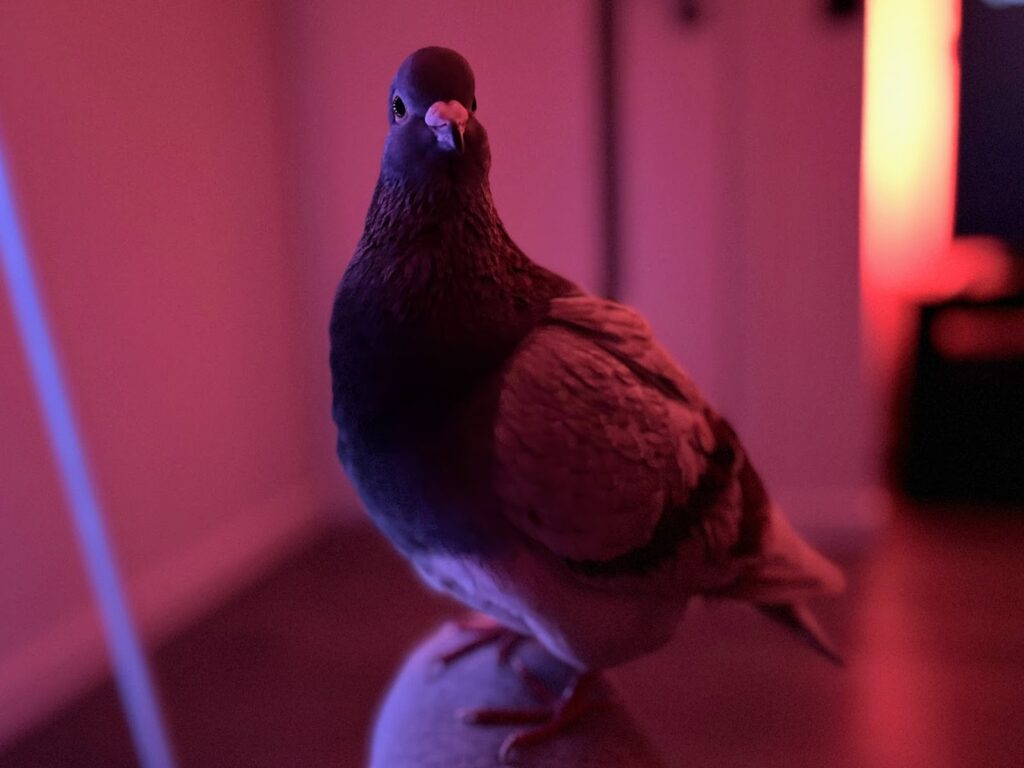
How do pigeons know where to fly? Final thoughts
In conclusion, pigeons have evolved complex navigation systems that allow them to find their way home over long distances.
These systems involve the use of a variety of cues such as the sun, earth’s magnetic field, and olfactory cues.
However, rapid urbanization and human development have drastically altered the natural landscape, making it more difficult for pigeons to navigate.
Studies on pigeon navigation have been conducted for over a century and have provided insights into the cognitive abilities of birds and the mechanisms and methods that pigeons use to navigate.
It is important for urban planners and conservationists to consider the impact of human development on pigeon navigation and to take steps to minimize any negative effects.
Additionally, studying pigeon navigation can also have practical applications in fields such as search and rescue, conservation, and delivery services.
Frequently asked questions about pigeon navigation
How do pigeons navigate?
Pigeons navigate using a combination of cues such as the sun, earth’s magnetic field, and olfactory cues. They also have specialized cells in their eyes and a specialized organ in their beak that help them sense these cues.
Can pigeons get lost?
Yes, pigeons can get lost, especially when their natural navigation cues are disrupted by urbanization and human development.
Are pigeons able to find their way home even if they are transported far away?
Yes, pigeons are able to find their way home even if they are transported far away. This is because they have strong homing instincts and use a combination of cues to navigate.
Can human-made structures like skyscrapers interfere with pigeon navigation?
Yes, human-made structures like skyscrapers can interfere with pigeon navigation by blocking their view of the sun and other visual cues, and by disrupting the earth’s magnetic field.
What is the difference between homing and migration in pigeons?
Homing refers to a pigeon’s ability to return home from a distant location, while migration refers to the seasonal movement of a pigeon from one location to another.
Can pigeon navigation be studied for practical applications?
Yes, pigeon navigation can be studied for practical applications such as search and rescue operations and delivery services.
Are there any ethical considerations when it comes to pigeon navigation?
Yes, there are ethical considerations when it comes to pigeon navigation, particularly when it comes to the transportation of pigeons and the impact of human development on their ability to navigate. It is important to consider the well-being of pigeons and minimize any negative impacts on their navigation.
Check these articles too:

